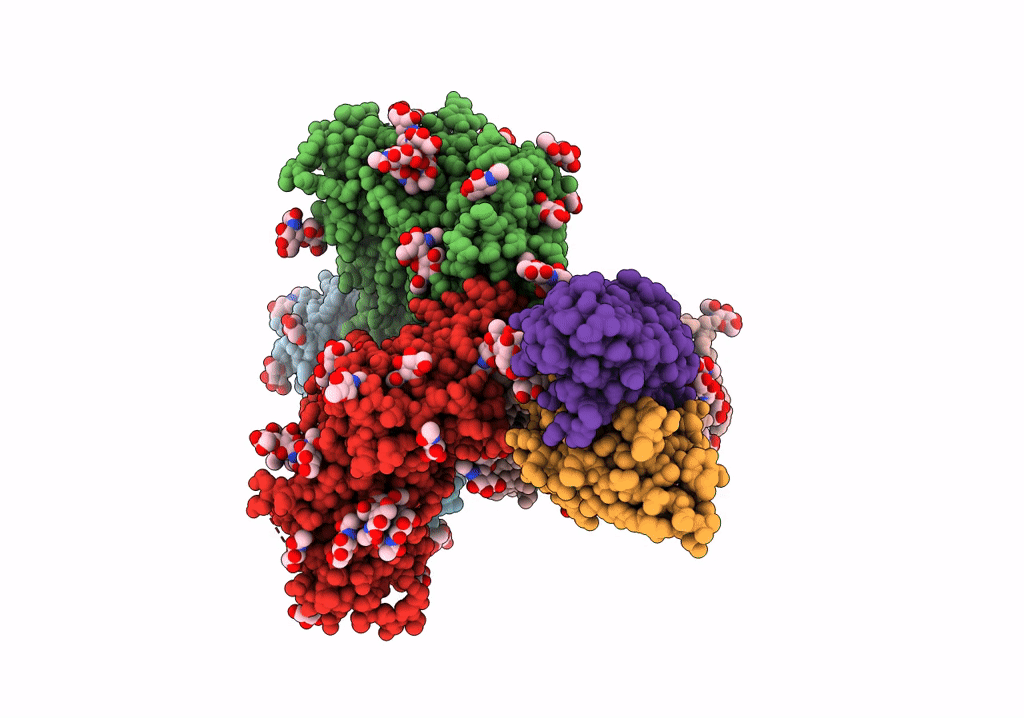
Deposition Date
2022-12-21
Release Date
2023-05-31
Last Version Date
2024-11-20
Entry Detail
PDB ID:
8FL1
Keywords:
Title:
Cryo-EM Structure of PG9RSH DU025 Fab in complex with BG505 DS-SOSIP.664
Biological Source:
Source Organism:
Human immunodeficiency virus 1 (Taxon ID: 11676)
Homo sapiens (Taxon ID: 9606)
Homo sapiens (Taxon ID: 9606)
Host Organism:
Method Details:
Experimental Method:
Resolution:
3.75 Å
Aggregation State:
PARTICLE
Reconstruction Method:
SINGLE PARTICLE


